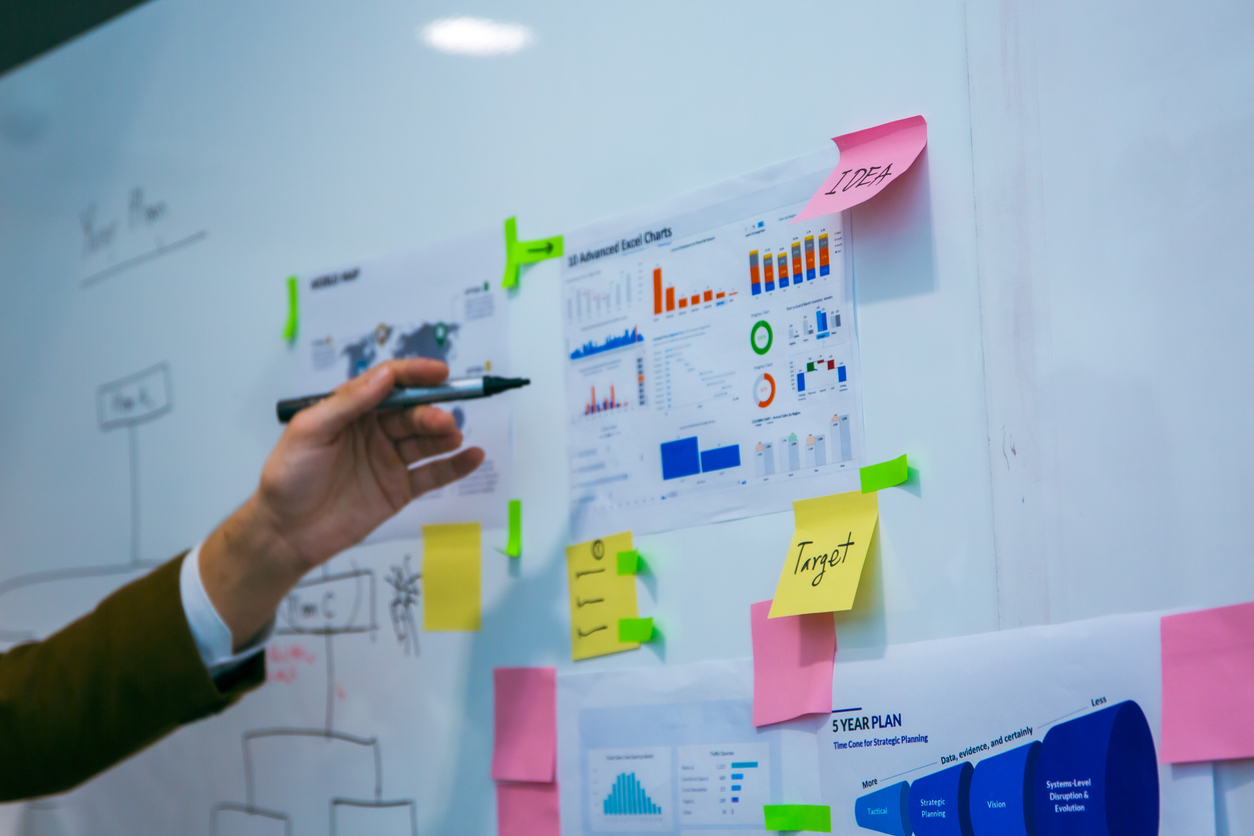Whether your product has been in the market for years or you’ve just launched, one thing’s true: feature ideas never stop flowing. Stakeholders are pushing for new initiatives, and user feedback comes in from all directions: support tickets, sales calls, data dashboards, informal conversations, and structured user research. The roadmap is busy, and the subsequent release is already taking shape. But before you commit, I urge you to pause. Are you solving the right problem?
Too often, teams get stuck optimising solutions to problems that users never had. It’s easy to be swayed by the needs of one customer or an influential shareholder. And it’s just as easy to get excited by new technology (hello, AI) and start exploring solutions in search of a problem. But without clearly validating the core user need, you risk polishing the wrong thing or building something shiny that nobody needs.
That’s where early product discovery becomes a game-changer.
Listen carefully, ask better
User feedback is gold, but only if you ask the right questions. If you ask someone, “Would this feature be useful?” most will say yes. But if you ask, “What’s the hardest part of your current workflow?” you’ll uncover what actually matters to them.
Just as important as asking the right questions is speaking to the right people. If you only talk to fans of your product or friends who want to be supportive, you’ll get a narrow, often overly optimistic view. Aim to diversify your participants and include users who’ve churned, hesitated, or are brand new to your space. Make sure you structure conversations in a way that allows you to gather insights clearly and consistently so you can later analyse for themes and trends. For practical tips on organising and making sense of your findings, check out our guide to effective UX research analysis.
Effective discovery means going beyond surface-level opinions. It’s not about what users say they want. It’s about uncovering what they actually need. That means understanding the context behind their behaviour: What are they trying to achieve? What’s getting in their way? And how are they solving it today? Frameworks like Jobs to Be Done can help you dig deeper into user motivations and identify real opportunities.
Instead of treating feedback as a wishlist, treat it as data points in a bigger puzzle. Good discovery interviews focus less on what users say they want and more on the problems they’re trying to solve.
Slow down to speed up
Investing time in discovery early on might feel like slowing down. But, in reality, it saves teams from months of building features that don’t move the needle. Real user problems are often less obvious than they seem, so validating them upfront helps avoid costly pivots later.
Explore the problem space using methods like assumption mapping, journey mapping, or user interviews. Share prototypes early and often and watch how users interact with them. Their behaviours will reveal more than any survey.
Measure alignment, not volume
Just because you receive a lot of feedback doesn’t mean it’s aligned with your product’s purpose and goals. Look for patterns and pain points that relate directly to your product vision. It’s better to build a simple tool that solves one meaningful problem than a bloated product that tries to solve them all.
Ask yourself: Does this feature improve the user’s journey in a measurable way? Does it reduce friction or make something significantly easier? If not, it might be noise, not insight.
Better questions, better products
Great products aren’t born from guessing; they’re shaped by careful listening, questioning, and validating. Discovery helps teams stay focused on real user needs and ensures that what you build delivers real value. By investing in discovery early (and often), you avoid expensive missteps, increase your return on investment, and create solutions that actually drive outcomes, not just output. It’s not just about building right; it’s about building the right thing.
So, next time you’re tempted to jump into build mode, take a step back, ask better questions, and validate the problem. Your future users will thank you.
Talk to us about solving the right problem
If you’re looking to better understand your users, validate ideas before you build, or bring more clarity to your product direction, we can help. At Fruto, we work with teams to uncover real user needs and turn insight into meaningful design decisions. Get in touch to chat about how we can support your next product challenge.





